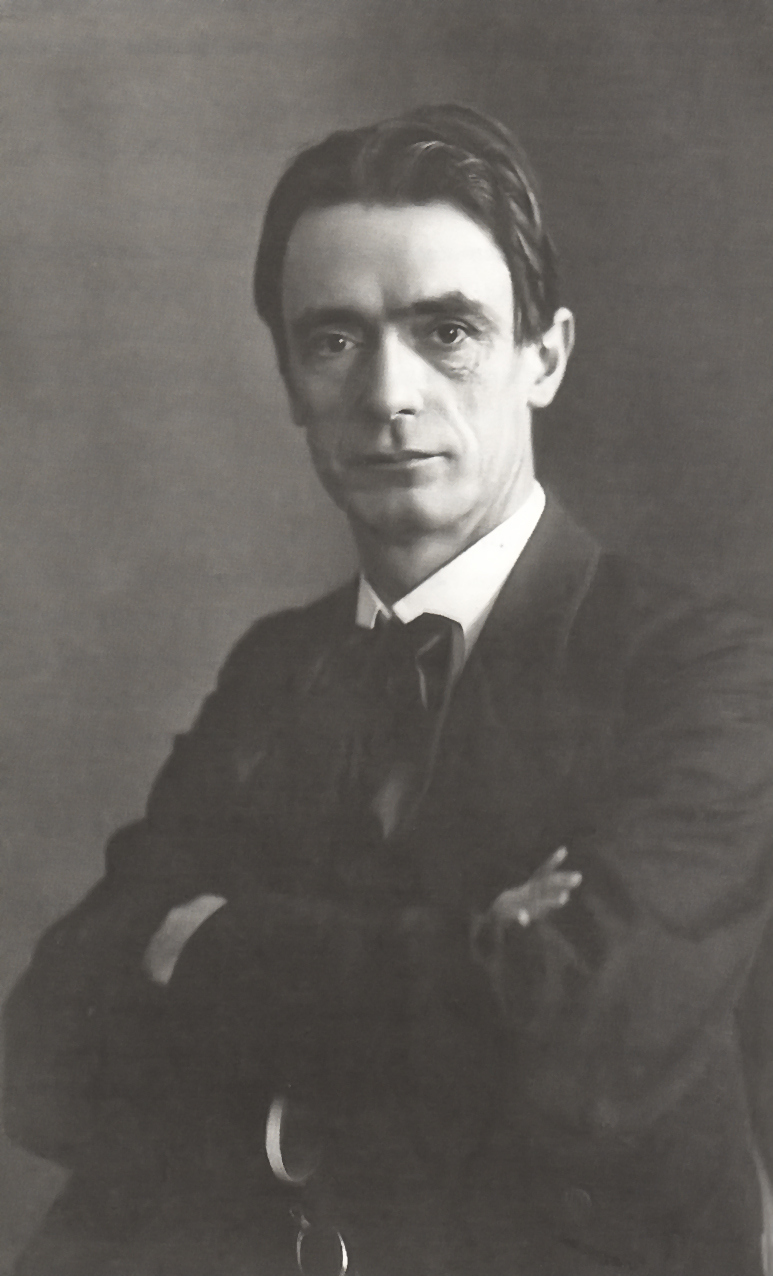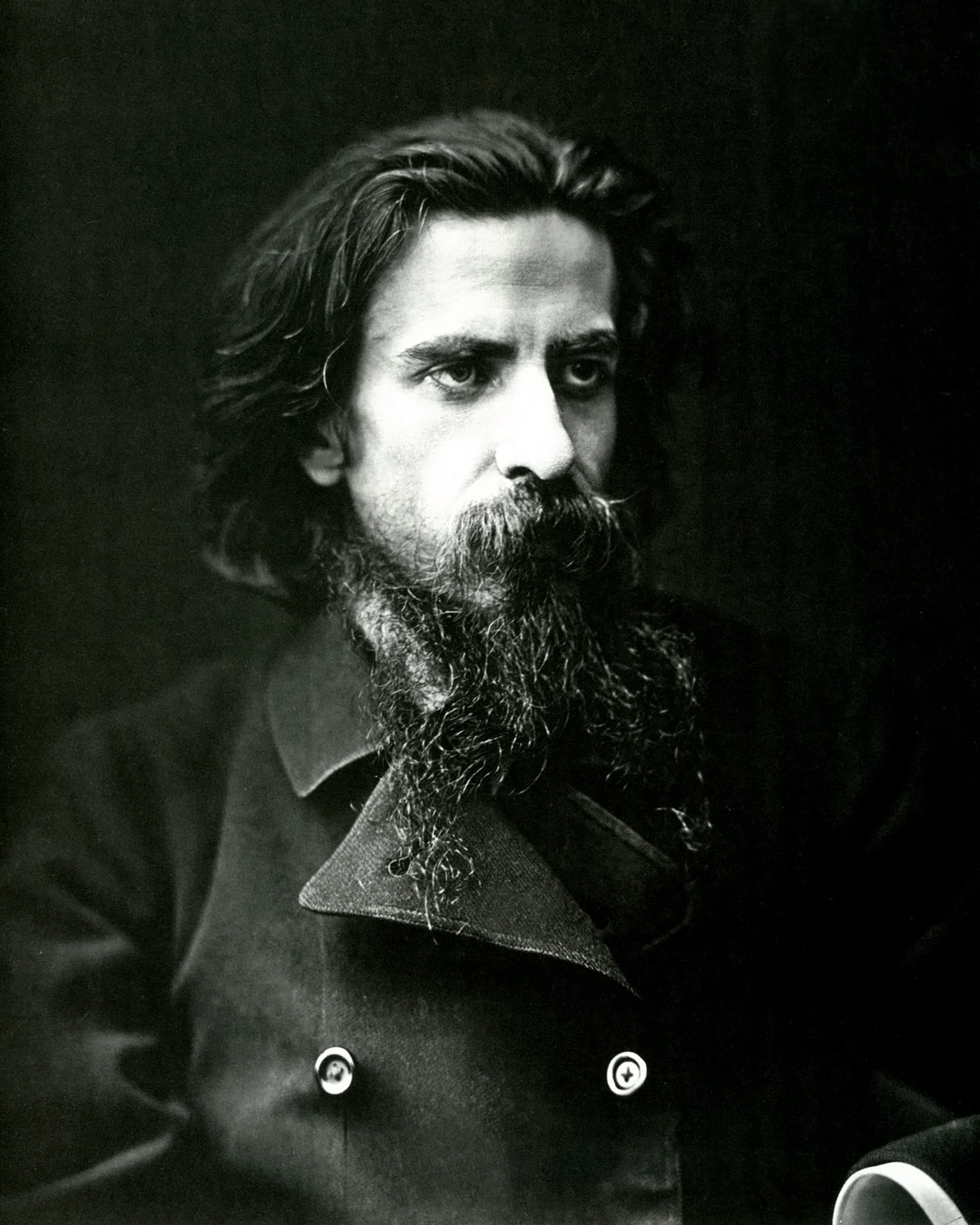|
Andrei Biely
Boris Nikolaevich Bugaev (, ; – 8 January 1934), better known by the pen name Andrei Bely or Biely, was a Russian novelist, Symbolist poet, theorist and literary critic. He was a committed anthroposophist and follower of Rudolf Steiner. His novel '' Petersburg'' (1913/1922) was regarded by Vladimir Nabokov as the third-greatest masterpiece of modernist literature. The Andrei Bely Prize (), one of the most important prizes in Russian literature, was named after him. His poems were set to music and performed by Russian singer-songwriters. Life Boris Bugaev was born in Moscow, into a prominent intellectual family. His father, Nikolai Bugaev, was a noted mathematician who is regarded as a founder of the Moscow school of mathematics. His mother, Aleksandra Dmitrievna (née Egorova), was not only highly intelligent but a famous society beauty, and the focus of considerable gossip. She was also a pianist, providing Bugaev his musical education at a young age. Young Boris grew up ... [...More Info...] [...Related Items...] OR: [Wikipedia] [Google] [Baidu] |
Russian SFSR
The Russian Soviet Federative Socialist Republic (Russian SFSR or RSFSR), previously known as the Russian Socialist Federative Soviet Republic and the Russian Soviet Republic, and unofficially as Soviet Russia,Declaration of Rights of the laboring and exploited people, article I. was a socialist state from 1917 to 1922, and afterwards the largest and most populous constituent republic of the Soviet Union (USSR) from 1922 to 1991, until becoming a sovereign part of the Soviet Union with priority of Russian laws over Union-level legislation in 1990 and 1991, the last two years of the existence of the USSR.The Free Dictionary Russian Soviet Federated Socialist Republic . Encyclopedia2.thefreedictionary.com. Retrieved on 22 June 2011. The Russ ... [...More Info...] [...Related Items...] OR: [Wikipedia] [Google] [Baidu] |
Union Of Soviet Writers
The Union of Soviet Writers, USSR Union of Writers, or Soviet Union of Writers () was a creative union of professional writers in the Soviet Union. It was founded in 1934 on the initiative of the Central Committee of the Communist Party (1932) after disbanding a number of other writers' organizations, including Proletkult and the Russian Association of Proletarian Writers. The aim of the Union was to achieve party and state control in the field of literature. For professional writers, membership of the Union became effectively obligatory, and non-members had much more limited opportunities for publication. The result was that exclusion from the Union meant a virtual ban on publication. However, the history of the Union of Writers also saw cases of voluntary self-exclusion from its cadre. Thus, Vasily Aksyonov, Semyon Lipkin, and Inna Lisnyanskaya left the Union of Writers in a show of solidarity after the exclusion of Viktor Yerofeyev and Yevgeny Popov in punishment for self ... [...More Info...] [...Related Items...] OR: [Wikipedia] [Google] [Baidu] |
Bolsheviks
The Bolsheviks, led by Vladimir Lenin, were a radical Faction (political), faction of the Marxist Russian Social Democratic Labour Party (RSDLP) which split with the Mensheviks at the 2nd Congress of the Russian Social Democratic Labour Party, Second Party Congress in 1903. The Bolshevik party, formally established in 1912, seized power in Russia in the October Revolution of 1917, and was later renamed the Russian Communist Party, All-Union Communist Party, and ultimately the Communist Party of the Soviet Union. Its ideology, based on Leninism, Leninist and later Marxism–Leninism, Marxist–Leninist principles, became known as Bolshevism. The origin of the RSDLP split was Lenin's support for a smaller party of professional revolutionaries, as opposed to the Menshevik desire for a broad party membership. The influence of the factions fluctuated in the years up to 1912, when the RSDLP formally split in two. The political philosophy of the Bolsheviks was based on the Leninist pr ... [...More Info...] [...Related Items...] OR: [Wikipedia] [Google] [Baidu] |
Anima Mundi
The concept of the (Latin), world soul (, ), or soul of the world (, ) posits an intrinsic connection between all living beings, suggesting that the world is animated by a soul much like the human body. Rooted in ancient Greek and Roman philosophy, the idea holds that the world soul infuses the cosmos with life and intelligence. This notion has been influential across various systems of thought, including Stoicism, Gnosticism, Neoplatonism, and Hermeticism, shaping metaphysical and cosmological frameworks throughout history. In ancient philosophy, Plato's dialogue '' Timaeus'' introduces the universe as a living creature endowed with a soul and reason, constructed by the demiurge according to a rational pattern expressed through mathematical principles. Plato describes the world soul as a mixture of sameness and difference, forming a unified, harmonious entity that permeates the cosmos. This soul animates the universe, ensuring its rational structure and function according t ... [...More Info...] [...Related Items...] OR: [Wikipedia] [Google] [Baidu] |
Anthroposophy
Anthroposophy is a spiritual new religious movementSources for 'new religious movement': which was founded in the early 20th century by the esotericist Rudolf Steiner that postulates the existence of an objective, intellectually comprehensible spiritual world, accessible to human experience. Followers of anthroposophy aim to engage in spiritual discovery through a mode of thought independent of sensory experience. Though proponents claim to present their ideas in a manner that is verifiable by rational discourse and say that they seek precision and clarity comparable to that obtained by scientists investigating the physical world, many of these ideas have been termed pseudoscientific by experts in epistemology and debunkers of pseudoscience.Sources for 'pseudoscience': Anthroposophy has its roots in German idealism, Western and Eastern esoteric ideas, various religious traditions, and modern Theosophy. Steiner chose the term ''anthroposophy'' (from Greek ἄνθρωπος , ' ... [...More Info...] [...Related Items...] OR: [Wikipedia] [Google] [Baidu] |
Andrei Bely 1933
Andrei, Andrey or Andrej (in Cyrillic script: Андрэй, Андрей or Андреј) is a form of Andreas/Ἀνδρέας in Slavic languages and Romanian. People with the name include: *Andrei of Polotsk (–1399), Lithuanian nobleman *Andrej Babiš (born 1954), Czech prime minister *Andrey Belousov (born 1959), Russian politician *Andrey Bolotov (1738–1833), Russian agriculturalist and memoirist *Andrey Borodin (born 1967), Russian financial expert and businessman *Andrei Broder (born 1953), Romanian-Israeli American computer scientist and engineer *Andrei Chikatilo (1936–1994), prolific and cannibalistic Russian serial killer and rapist *Andrei Denisov (weightlifter) (born 1963), Israeli Olympic weightlifter *Andrey Ershov (1931–1988), Russian computer scientist *Andrey Esionov, Russian painter *Andrei Glavina (1881–1925), Istro-Romanian writer and politician *Andrei Gromyko (1909–1989), Belarusian Soviet politician and diplomat *Andrei Iosivas (born 1999), Ameri ... [...More Info...] [...Related Items...] OR: [Wikipedia] [Google] [Baidu] |
Vladimir Solovyov (philosopher)
Vladimir Sergeyevich Solovyov (; – ) was a Russian philosopher, theologian, poet, pamphleteer, and literary critic, who played a significant role in the development of Russian philosophy and poetry at the end of the 19th century and in the spiritual renaissance of the early 20th century. Life and work Vladimir Solovyov was born in Moscow; the second son of the historian Sergey Mikhaylovich Solovyov (1820–1879); his elder brother Vsevolod (1849-1903), became a historical novelist, and his younger sister, Polyxena (1867-1924), became a poet. Vladimir Solovyov's mother Polyxena Vladimirovna (née Romanova, d. 1909) belonged to a family of Polish origin and among her ancestors was the philosopher Gregory Skovoroda (1722–1794). In his teens, he renounced Eastern Orthodoxy for nihilism, but later his disapproval of positivism saw him begin to express some views that were in line with those of the Orthodox Church. From 1869 to 1873 Solovyov studied at the Imperial Mo ... [...More Info...] [...Related Items...] OR: [Wikipedia] [Google] [Baidu] |
Entropy
Entropy is a scientific concept, most commonly associated with states of disorder, randomness, or uncertainty. The term and the concept are used in diverse fields, from classical thermodynamics, where it was first recognized, to the microscopic description of nature in statistical physics, and to the principles of information theory. It has found far-ranging applications in chemistry and physics, in biological systems and their relation to life, in cosmology, economics, sociology, weather science, climate change and information systems including the transmission of information in telecommunication. Entropy is central to the second law of thermodynamics, which states that the entropy of an isolated system left to spontaneous evolution cannot decrease with time. As a result, isolated systems evolve toward thermodynamic equilibrium, where the entropy is highest. A consequence of the second law of thermodynamics is that certain processes are irreversible. The thermodynami ... [...More Info...] [...Related Items...] OR: [Wikipedia] [Google] [Baidu] |
Mathematical Analysis
Analysis is the branch of mathematics dealing with continuous functions, limit (mathematics), limits, and related theories, such as Derivative, differentiation, Integral, integration, measure (mathematics), measure, infinite sequences, series (mathematics), series, and analytic functions. These theories are usually studied in the context of Real number, real and Complex number, complex numbers and Function (mathematics), functions. Analysis evolved from calculus, which involves the elementary concepts and techniques of analysis. Analysis may be distinguished from geometry; however, it can be applied to any Space (mathematics), space of mathematical objects that has a definition of nearness (a topological space) or specific distances between objects (a metric space). History Ancient Mathematical analysis formally developed in the 17th century during the Scientific Revolution, but many of its ideas can be traced back to earlier mathematicians. Early results in analysis were ... [...More Info...] [...Related Items...] OR: [Wikipedia] [Google] [Baidu] |
Probability
Probability is a branch of mathematics and statistics concerning events and numerical descriptions of how likely they are to occur. The probability of an event is a number between 0 and 1; the larger the probability, the more likely an event is to occur."Kendall's Advanced Theory of Statistics, Volume 1: Distribution Theory", Alan Stuart and Keith Ord, 6th ed., (2009), .William Feller, ''An Introduction to Probability Theory and Its Applications'', vol. 1, 3rd ed., (1968), Wiley, . This number is often expressed as a percentage (%), ranging from 0% to 100%. A simple example is the tossing of a fair (unbiased) coin. Since the coin is fair, the two outcomes ("heads" and "tails") are both equally probable; the probability of "heads" equals the probability of "tails"; and since no other outcomes are possible, the probability of either "heads" or "tails" is 1/2 (which could also be written as 0.5 or 50%). These concepts have been given an axiomatic mathematical formaliza ... [...More Info...] [...Related Items...] OR: [Wikipedia] [Google] [Baidu] |
Geometry
Geometry (; ) is a branch of mathematics concerned with properties of space such as the distance, shape, size, and relative position of figures. Geometry is, along with arithmetic, one of the oldest branches of mathematics. A mathematician who works in the field of geometry is called a ''List of geometers, geometer''. Until the 19th century, geometry was almost exclusively devoted to Euclidean geometry, which includes the notions of point (geometry), point, line (geometry), line, plane (geometry), plane, distance, angle, surface (mathematics), surface, and curve, as fundamental concepts. Originally developed to model the physical world, geometry has applications in almost all sciences, and also in art, architecture, and other activities that are related to graphics. Geometry also has applications in areas of mathematics that are apparently unrelated. For example, methods of algebraic geometry are fundamental in Wiles's proof of Fermat's Last Theorem, Wiles's proof of Fermat's ... [...More Info...] [...Related Items...] OR: [Wikipedia] [Google] [Baidu] |







